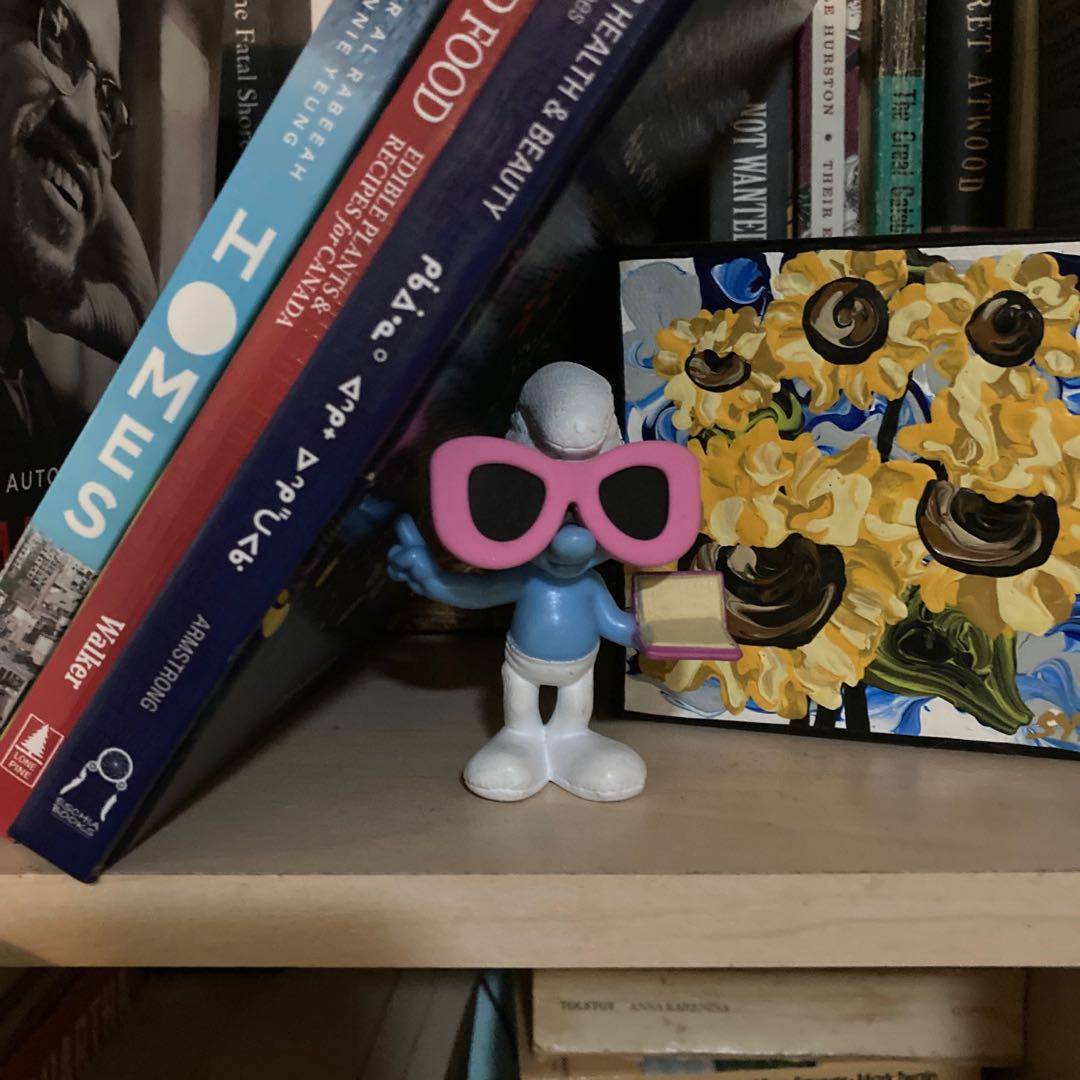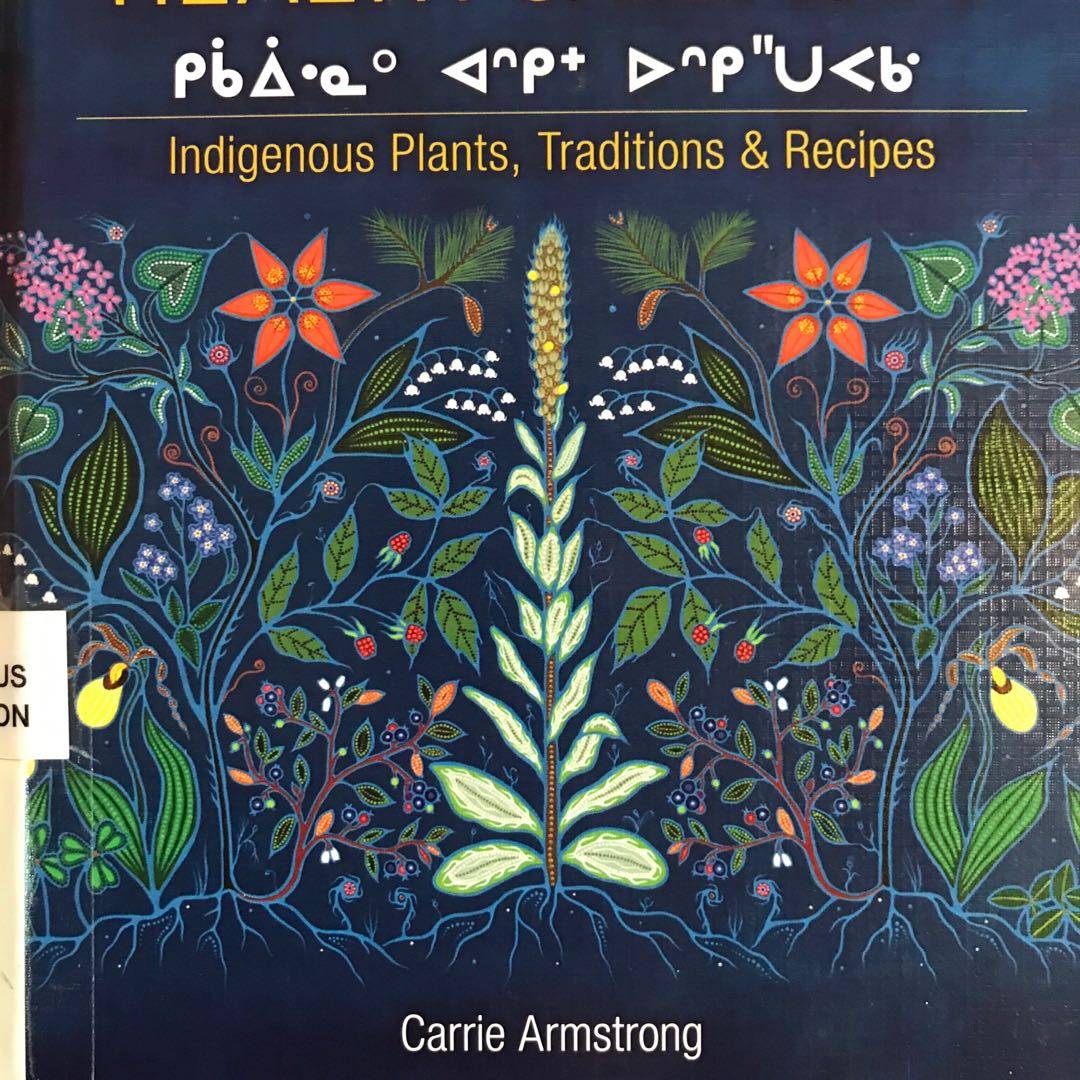
Books tipped over , but Brainy has got my back 😂

I‘m glad I borrowed a library copy to see if this was worth purchasing because it isn‘t. Sadly, it‘s a muddle of aspirational quotes, personal memoir, Instagram-worthy photos (not necessarily applicable) & herbal info that draws on various Indigenous, Ayurvedic and European traditions. One page extols the virtues of a pH diet, FFS. On the plus side: easy recipes for soap, salves, bath bombs and the like. #IndigenousAuthor

“When I suffered a miscarriage and was in the hospital haemorrhaging, a local healer offered me a strong tincture of shepherd‘s purse, which worked almost instantly much to the surprise of the doctors, who could not figure out how to help.” 🧐
Hmmm. Medical doctors who didn‘t know how to treat a woman who had miscarried? That seems implausible, but I could be wrong.

This Alberta author claims to draw upon the teachings of her Cree ancestors. The recipe above is for a facial oil. I will concede that jojoba from the southwestern desert might have been traded this far north, but marula is an African plant. And, sure, rose hips and blueberries are traditional local foods... but pressing their tiny seeds for oil? Facial oils may be “gaining popularity in the skin care industry” but I say just eat the fruit.

“I was taught that there is a particular bird that uses yarrow to line its nest in order to keep parasites away.”
It‘s nice to include nuggets of trivia in a herbal guide, but I‘m wary about believing this author. WHO taught her this information? WHICH bird uses yarrow?
Also, the plant parts are often not specified in the recipes. Does “dried yarrow” and “dried wild mint” mean leaves, stems and flowers? Or just flowers? Just leaves?

One of my many concerns about this guide to using plants for medicine and beauty products are the misleading photos of plants. In the example above, loose berries are positioned along a cranberry stream, rather than showing how they look when they are actually attached. The information page for “Pinus sylvestrus” has a half-page photo of a spruce branch, not any kind of pine.